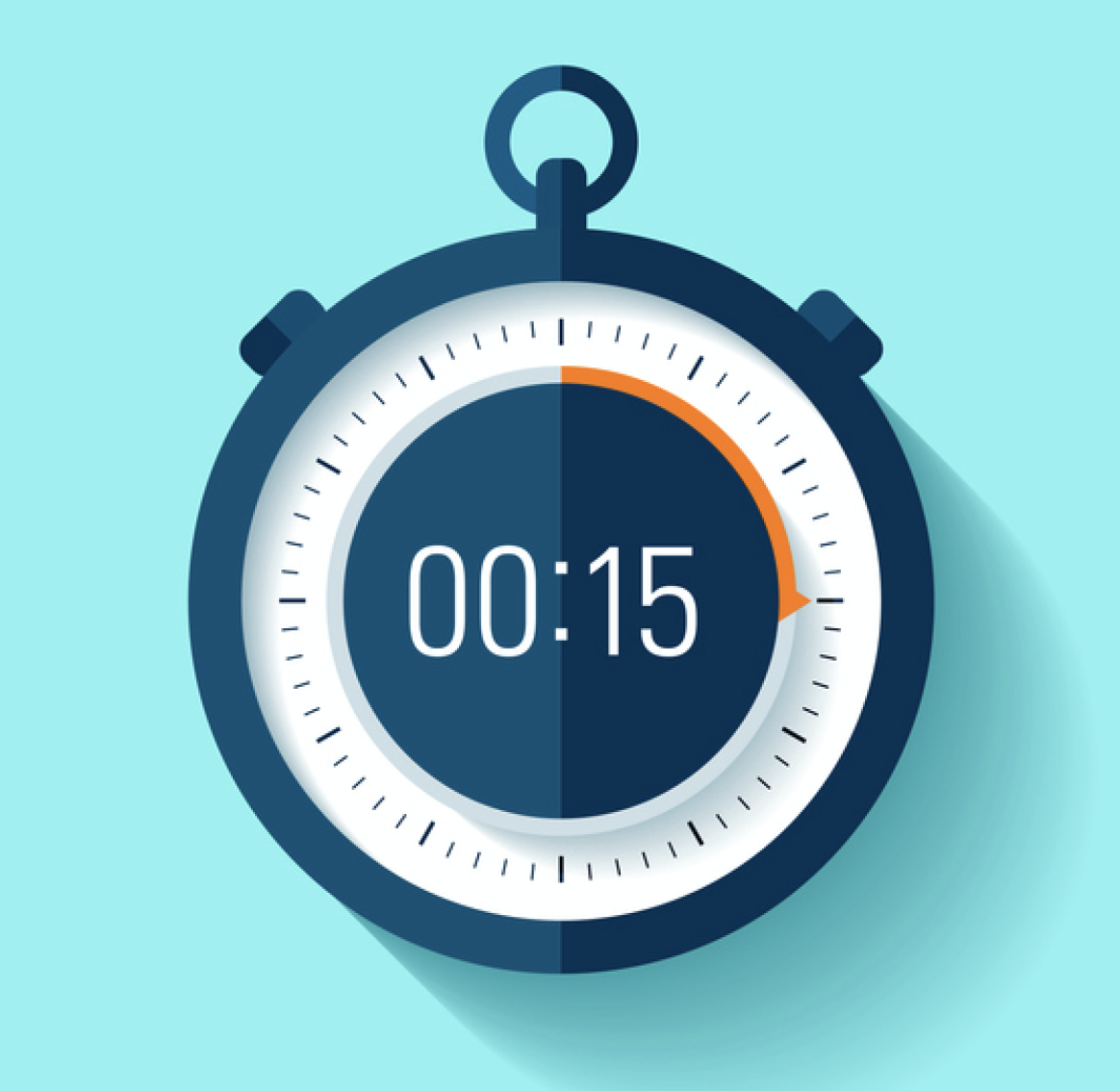Time-in-Range Tips: Expert-Defined Goals, Plus Insights from Almost 500,000 FreeStyle Libre Users
By Emma Ryan
 By Emma Ryan
By Emma Ryan
The latest updates on time-in-range goals for people with all types of diabetes, and insights linking FreeStyle Libre scanning frequency to outcomes
Time-in-range goes beyond A1C describe the amount of time spent “in range” (70-180 mg/dl) and at high and low blood glucose values over the course of a day. Experts recently shared insights on time-in-range goals for people with diabetes. Also, new data from over 500,000 FreeStyle Libre users provide insight into how people are managing their diabetes with continuous glucose monitors (CGM) in the real world.
What’s a Reasonable Time-in-Range Goal?
At the 2019 Advanced Technologies & Treatments for Diabetes (ATTD) conference, a group of diabetes clinicians and researchers made progress on time-in-range goals – where to set the bar for people with diabetes using CGM, shown below. This chart may be useful to those who are wondering what a reasonable goal for time-in-target-range should be, and may be helpful for starting a discussion between individuals and their healthcare providers. Similar to A1C goals, these benchmarks are not one-size-fits-all. Time-in-range should be based off of 14 days of CGM data, though 10 days is sufficient.
|
|
Time-in-Range Target |
Time-Below-Range Target |
Time-Above-Range Target |
|
People with diabetes (type 1 and 2) |
70% or more in 70-180 mg/dl |
Less than 4% below 70 mg/dl Less than 1% below 54 mg/dl |
Minimize time above 180 mg/dl |
|
People with “frail” diabetes (type 1 & 2)* |
50% or more in 70-180 mg/dl |
Less than 1% below 70 mg/dl |
Less than 10% above 250 mg/dl |
|
Type 1 pregnancy |
70% or more in 63-140 mg/dl |
Less than 4% below 63 mg/dl |
Less than 25% above 140 mg/dl |
|
Type 2 pregnancy (gestational diabetes) |
85% or more in 63-140 mg/dl |
Less than 4% below 63 mg/dl (only applicable to those treated with insulin or sulfonylureas) |
Less than 10% above 140 mg/dl |
*According to the authors, “frail” diabetes occurs in someone who “can’t carry out the abilities of daily living without risk,” or who is terminally ill.
The target of greater than 70% time-in-range was selected because it approximates an A1C of less than 7%, which has been shown to greatly reduce the risk of diabetes complications. Though not everyone may adopt the above goals as their own, they are a good starting point if you are wondering about a target time to spend in-range.
The goals can be difficult to achieve, which is why diaTribe’s Senior Editor, Adam Brown, focuses more on “process goals” than outcomes. For instance, rather than focusing on achieving a 70% time-in-range, Adam focuses on the habits and tips that improve time-in-range – e.g., eating fewer carbohydrates at one time, going for a walk with a high blood sugar, getting 7 or more hours of sleep, etc. The experts emphasized that a 5% daily change in time-in-range – approximately one hour per day – is meaningful.
How Can I Spend More Time in Range?
Abbott unveiled real-world CGM data at ATTD from almost 500,000 FreeStyle Libre users across 26 countries, adding up to 4.8 billion readings. A data set this big – the largest real-world CGM data set ever shared – illustrates people’s time-in-range with CGM in the real world. Here are some of the insights:
-
People who scanned more frequently had a greater time-in-range and a lower estimated A1C. Unlike traditional CGM, FreeStyle Libre does not continuously send real-time glucose data to the reader; rather, the sensor patch must be “scanned” with the reader to obtain the real-time glucose value, trend arrow, and trend graph. By scanning more frequently, people are viewing their blood sugar data in real-time more often, allowing them to make the adjustments needed to avoid highs and lows, whether that’s introducing a new habit or working to change a longstanding behavior.
|
|
4 Scans/Day (Lowest) |
10 Scans/Day (Median) |
40 Scans/Day (Highest) |
|
Time-in-Range (70-180 mg/dl) |
48% (11.7 hours/day) |
56% (13.5 hours/day) |
70% (16.9 hours/day) |
|
Estimated A1C |
8.2% |
7.5% |
6.7% |
It’s crucial to have the food, exercise, sleep, and mindset tools to make changes based on your CGM data. For diabetes habits that can be hard to change, Adam swears by modifying your environment, starting small, and reframing long-term incentives as short-term benefits.







